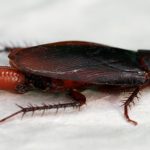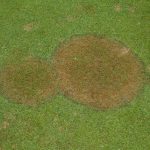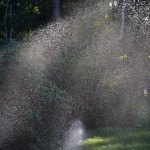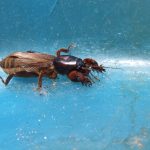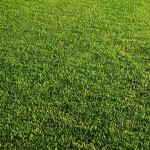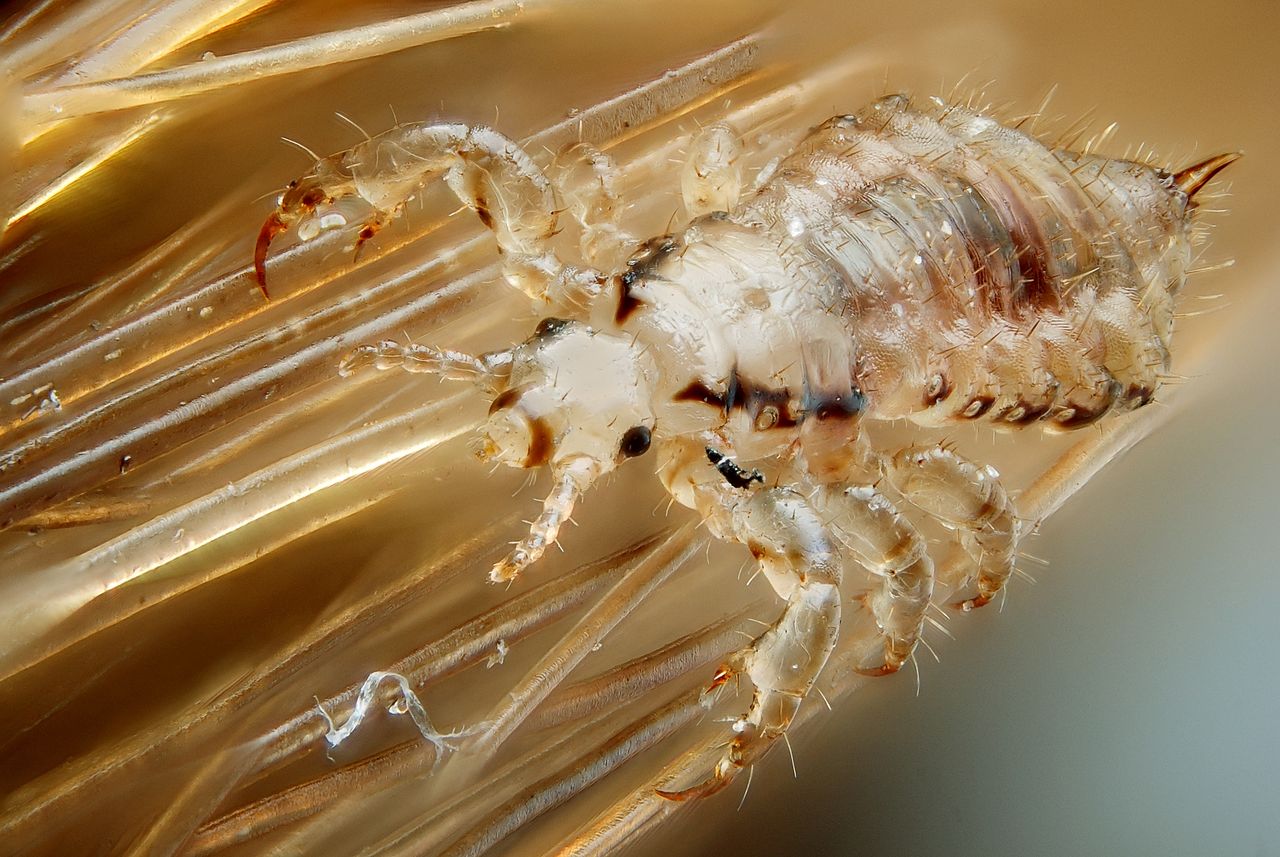
If the words “head lice” make your skin crawl, you’re not alone. While these nasty little suckers evoke fear or disgust, they’ve been with us for millions of years. Scientists believe they hitchhiked on our scalps when humans first left Africa. And they show little sign of disappearing anytime soon. Yes, from the cave-dwelling days of early man to the most luxurious royal courts, lice have been making themselves at home on us. And they don’t discriminate.
These days, school-age children are the main targets of head lice — from 6 million to 12 million cases annually — often sparking panic in affected schools. Florida has even seen some outbreaks of so-called “super lice,” which are resistant to common treatments.
But there’s no reason to freak out or call an exterminator. We’ve got centuries of lice treatments on our side, some better than others. Lice are just another pest we’ve learned to control. Learning the basics about the bugs’ transmission will help you learn how to control a head lice infestation.
How Lice Are Transmitted

Lice feed only on human blood, and cannot survive more than 24 hours without human contact. Dr. Philip G. Koehler, professor of entomology at the University of Florida, reminds us, “Lice have big claws on the ends of their legs, and they can’t crawl on surfaces very well,” adding, “they will die in a matter of hours on a countertop.” This is why hats, jackets, and textiles are a means of transmission.
Lice have nothing to do with hygiene, despite their reputation for being dirty. Head lice spread by direct head-to-head contact. Children engage in lots of body contact when they play, explaining why most head lice outbreaks start in schools.
While sharing combs, brushes, and hats are obvious ways to share head lice, a modern pathway has come along in the form of group selfies. When people press their heads together for a quick photo, a few lice make their move — and the rest is itchy, uncomfortable history.
Preventing Lice
Lice infestations are somewhat predictable. Dr. Koehler explains, “The pattern we usually see is kids coming back to school in August or September and outbreaks tend to break out in the winter, in January or February.” It’s no coincidence; this is when jackets and hats are in heavy rotation.
Parents should teach their children to tuck hats into their jacket sleeves at school. Kids also need to learn never to share hats, earbuds, or headsets with their friends.
Detecting Lice
Once lice season has arrived, early detection is one of the simplest ways to prevent outbreaks.
Live lice aren’t difficult to detect if you know what you are looking for. If you see your child head-scratching, immediately examine them. Adult lice are about the size and shape of a sesame seed and move quickly. While it can be difficult to see lice themselves, their nits are easy to find: they are usually within 1/8th of an inch of the scalp. Look for small bumps “glued” onto shafts of hair. If you do detect head lice on your child, take action right away!
Treating for Lice
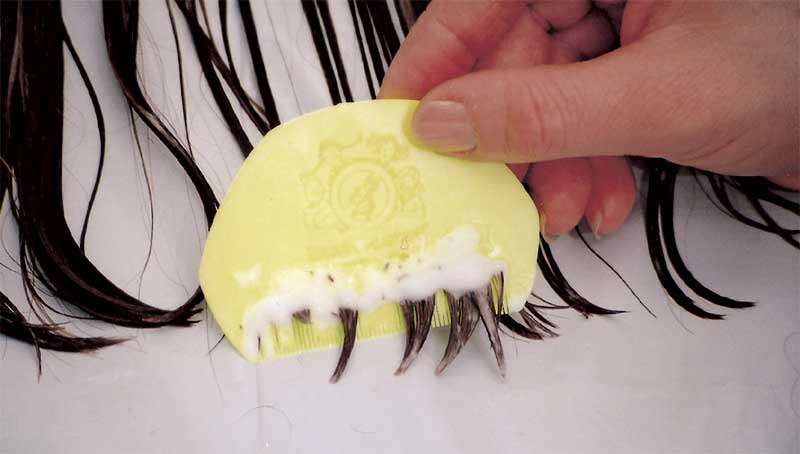
Laundering bedding and clothing that may have come in contact with lice is a good precaution. But remember: They cannot survive for long off of the human body. Your first priority should be to begin head lice treatment by purchasing an insecticidal shampoo or lotion to treat these little pests.
Your local drug store offers a range of OTC products containing pyrethrin (a naturally derived insecticide) or synthetic pyrethroids. Koehler recommends following product instructions to the T. “A lot of people don’t put the products on correctly. Perhaps not for the right duration of time, using conditioner afterward — there are all kinds of things people do wrong.” Improper application is part of what has created super lice, known for their resistance to over-the-counter treatments.
Check the scalp at least 10 hours after treatment for signs of living lice. If you see any, it’s a sign of resistant lice, and you should contact your doctor for prescription-strength lice shampoo. “Most of the treatments don’t kill the nits completely,” Dr. Koehler warns. “There may be a second treatment seven to nine days after the first, to kill newly hatched lice before they’re able to lay eggs.”
Regardless of the treatment you choose, you’ll want to spend some time wet combing out all the pesky little nits. Most treatments include a lice comb. It will take patience to pick every nit.
Hillsborough County School District ‘No-Nit’ Policy
The Hillsborough County School District has imposed a “no-nit” policy. Under the policy, children must stay away from school until nit-free.
“Parents are responsible to provide the appropriate treatment to eliminate head lice and nits before the child returns to school,” according to the policy. But be swift: The district allows only two at-home days to fix the problem.
Alternative Treatments
Despite the prevalence of home remedies, Dr. Koehler refers to these as “urban legends.”
For example, he says, putting mayonnaise or oils on your hair is not effective. When it comes to heat treatments and such, he scoffs. “None of those are proven to be more than 60% to 80% effective. The ones that use hot air only kill 20%, which is a waste of time.” He grudgingly admits that if you repeat the less-effective treatments often enough, it may be possible to get good results.

There’s no need to panic or feel shame when lice appear. As long as you treat the problem right away, you should be able to get rid of them.
Dr. Philip G. Koehler is an endowed professor in the entomology department at the University of Florida. His primary focus has always been on educating the pest control industry to achieve more effective results. He specializes in urban entomology and has published a great body of informative material to this end.
Main image credit: Male human head louse, Giles St. Martin, CC by SA 2.0.

